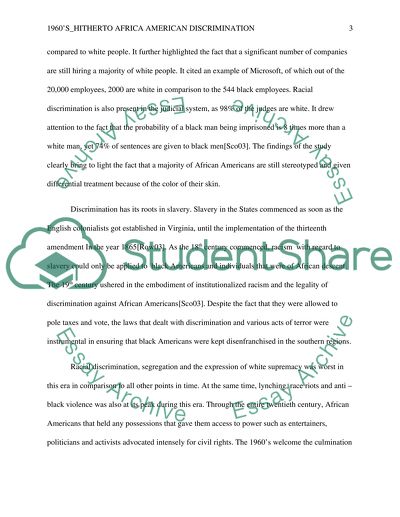Cite this document
(“Challenges Africans Americans face in terms of discrimination in last Research Paper”, n.d.)
Challenges Africans Americans face in terms of discrimination in last Research Paper. Retrieved from https://studentshare.org/sociology/1494991-challenges-africans-americans-face-in-terms-of
Challenges Africans Americans face in terms of discrimination in last Research Paper. Retrieved from https://studentshare.org/sociology/1494991-challenges-africans-americans-face-in-terms-of
(Challenges Africans Americans Face in Terms of Discrimination in Last Research Paper)
Challenges Africans Americans Face in Terms of Discrimination in Last Research Paper. https://studentshare.org/sociology/1494991-challenges-africans-americans-face-in-terms-of.
Challenges Africans Americans Face in Terms of Discrimination in Last Research Paper. https://studentshare.org/sociology/1494991-challenges-africans-americans-face-in-terms-of.
“Challenges Africans Americans Face in Terms of Discrimination in Last Research Paper”, n.d. https://studentshare.org/sociology/1494991-challenges-africans-americans-face-in-terms-of.


